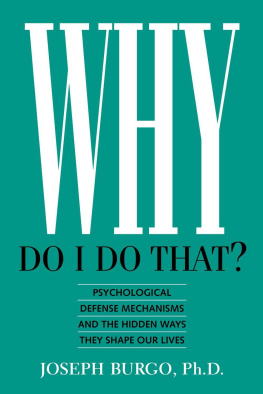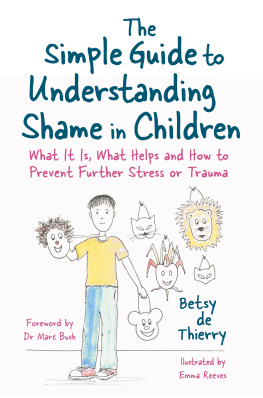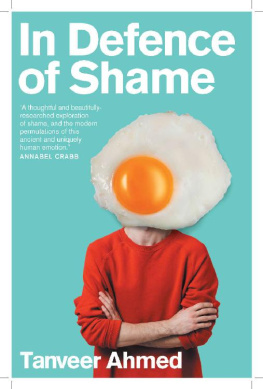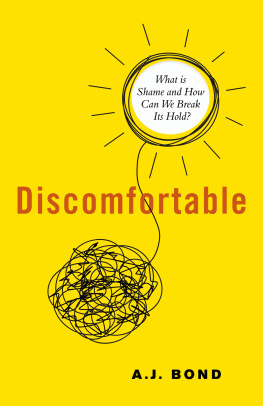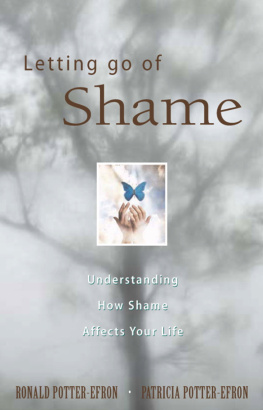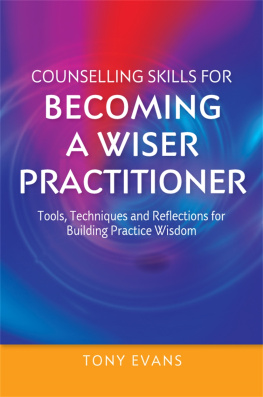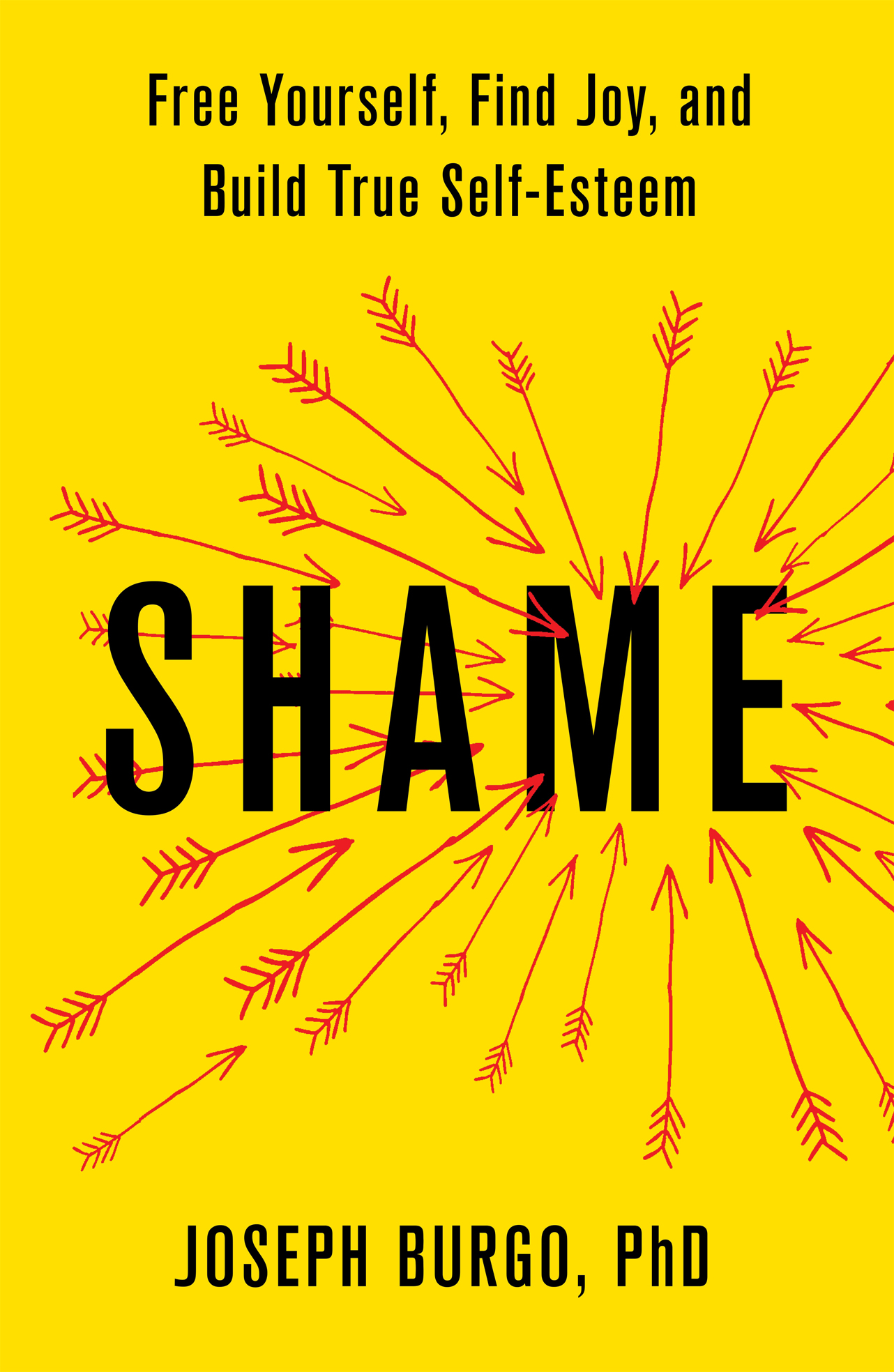Contents
Guide
Pagebreaks of the print version

The author and publisher have provided this e-book to you for your personal use only. You may not make this e-book publicly available in any way. Copyright infringement is against the law. If you believe the copy of this e-book you are reading infringes on the authors copyright, please notify the publisher at: us.macmillanusa.com/piracy.
For my beautiful sons
I MAGINE YOURSELF AT A SOCIAL gathering with people you recently met and whose company you enjoy. Conversation is lively; everybody appears to be having a good time. When another guest makes a comment that reminds you of a funny story you once heard, you take advantage of the natural opening and begin to recount it. Because you remember how much you laughed when you first heard the story, you look forward to sharing your enjoyment with these new friends.
As you glance from face to face, anticipating their laughter, you finally reach the conclusion of your story.
Silence.
After a moment somebody says, Oh, I seethats funny. Still, no one laughs.
You suddenly feel yourself blushing as your face goes hot. You glance down and avoid making eye contact with any of the other guests. You feel briefly confused, your thoughts unfocused and disorderly. You wish youd never told the story and that you could disappear. When another guest changes the subject and conversation moves on, you feel relieved that group attention has shifted, and you soon recover. No more than seven or eight seconds have passed since you finished your story.
What is the name of the emotion you felt when that story fell flat?
If I tell you that you felt a type of shame, youll probably object by saying, Thats not shame, thats embarrassment. Most people react this way when I use the word shame to describe such an experience. They might insist theres no reason to feel shame about something so minor. Everyone occasionally tells a joke that turns out to be a dud. Embarrassing, of course, but nothing to feel ashamed about.
Yet, from Darwin onward, researchers who study the biology of emotion widely agree that the mental and physiological symptoms you experienced during those awkward seconds unambiguously denote the emotion of shame. Human beings everywhere, in every culture and on every continent the world over, experience shame in exactly the same way: gaze aversion, brief mental confusion, and a longing to disappear, usually accompanied by blushing of the face, neck, or chest.
What scientists understand and believe about shame differs broadly from the way a layperson conceives of it. Most people tend to view shame as something big and bad, a toxic emotion we hope never to feel SHAME written in scary capital letters.
SHAME lays waste to a persons sense of well-being.
SHAME is inflicted on children by abusive parents.
SHAME strikes when society rejects those who cannot help being different.
In contrast, researchers who study the emotions, including me, conceive of shame as more varied in nature and not always so imposingan entire family of emotions, as Lon Wurmser describes it in The Mask of Shame . To feel shame can be agonizing or just slightly unpleasant; it might be transient or enduring.
Ill be using the word shame in this larger senseas an overarching category that includes a variety of specific emotions. It might help to think of this latter experience as shame written in benign lowercase letters, in contrast to SHAME .
Most preeminent books in the field of popular psychology, some of which you may have read, focus on SHAME as a largely destructive force. This book will introduce you to the entire shame family of emotions (including embarrassment, guilt, and self-consciousness), which are unavoidable aspects of everyday life and not always toxic. You will learn to recognize the ways we typically speak of shame without ever using the word itself. When we say that we feel bad about some aspect of ourselves, for exampleour bodies, our behavior, or our failureswere usually alluding to some member of the shame family of emotions.
People react to shame in varying ways, influenced by how they were socialized as children and the methods they learned for managing their pain. Our different responses also depend upon the degree of confidence we feel in our personal worth: those of us who grew up in an atmosphere that was far from optimal and who struggle to feel good about ourselves may experience the telling of a failed jokewhat might have caused mild embarrassment for someone elseas a source of SHAME .
However we respond to it, each and every one of us deals with the shame family of emotions on a daily basis. Without always realizing it, we regularly anticipate potential shame in our interactions with other people and try to avoid it whenever possible. How dressed up will the other guests be and what should I wear to the party? What will my boss say during my performance review? If I invite Sandra out for a drink after work, will she say no? As the psychoanalyst and shame expert Donald Nathanson has described it, shame in all its varieties is the hidden power behind much of what occupies us in everyday life.
To help you enter more fully into this perspective, I invite you to consider and eventually shed a few preconceptions about shame that most of us share. Or perhaps you might reserve those preconceived views for SHAME and make room for a new concept: everyday, ordinary, and inevitable shame.
PRECONCEPTION 1: SHAME IS BAD
Most of us find it difficult to acknowledge, even to ourselves, that we feel shame. The very word makes most people uncomfortable, as John Bradshaw, among many other researchers, has noted: There is shame about shame. People will readily admit guilt, hurt or fear before they will admit shame.
For this reason you may find yourself resisting the central message of this bookthat shame is a pervasive and common experience in daily life. You might readily admit to feeling embarrassed about making a mistake in public, but youll object when I describe it as a type of shame. Everybody makes mistakes so whats the big deal? Theres nothing to feel ashamed about. At those moments try to remember the distinction between SHAME as a toxic, largely destructive, experience and shame as an entire family of emotions, many of them mild and fleeting, an unavoidable part of everyday life.
PRECONCEPTION 2: SHAME IS THE ENEMY
Since John Bradshaw published his groundbreaking work in 1988, the psychologically minded public has come to view shame as virtually synonymous with his concept of toxic shame destructive messaging inflicted by parents, educators, and other significant adults in a childs life that leaves the youth with a sense of being defective and unworthy of love. Bren Browns writings on unattainable (and ultimately shaming) ideals that society imposes on women, largely through advertising and conflicting role expectations, have contributed to this view of shame as the product of noxious external influences.
If you, like most people, have adopted this view, you may see shame as the enemy. You might believe that shame is a uniformly negative experience imposed from withoutby society, by hurtful parents, or by advertisers who want to make you doubt yourself so youll buy their product. If you believe that resisting shame and throwing off its shackles are necessary, you will find it difficult to accept my view that shame is an unavoidable aspect of everyday life. While some forms of shame are undoubtedly toxic (and Ill be discussing those, too, in the pages that follow), try to open your mind to the possibility that other varieties dont pose such a threat and might even be useful or instructive.


